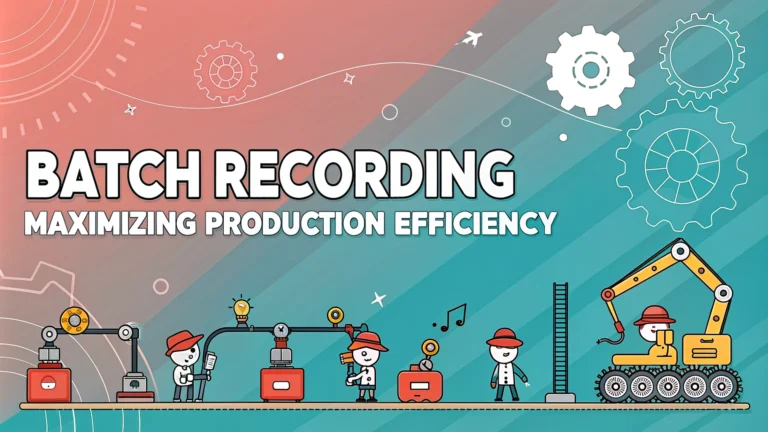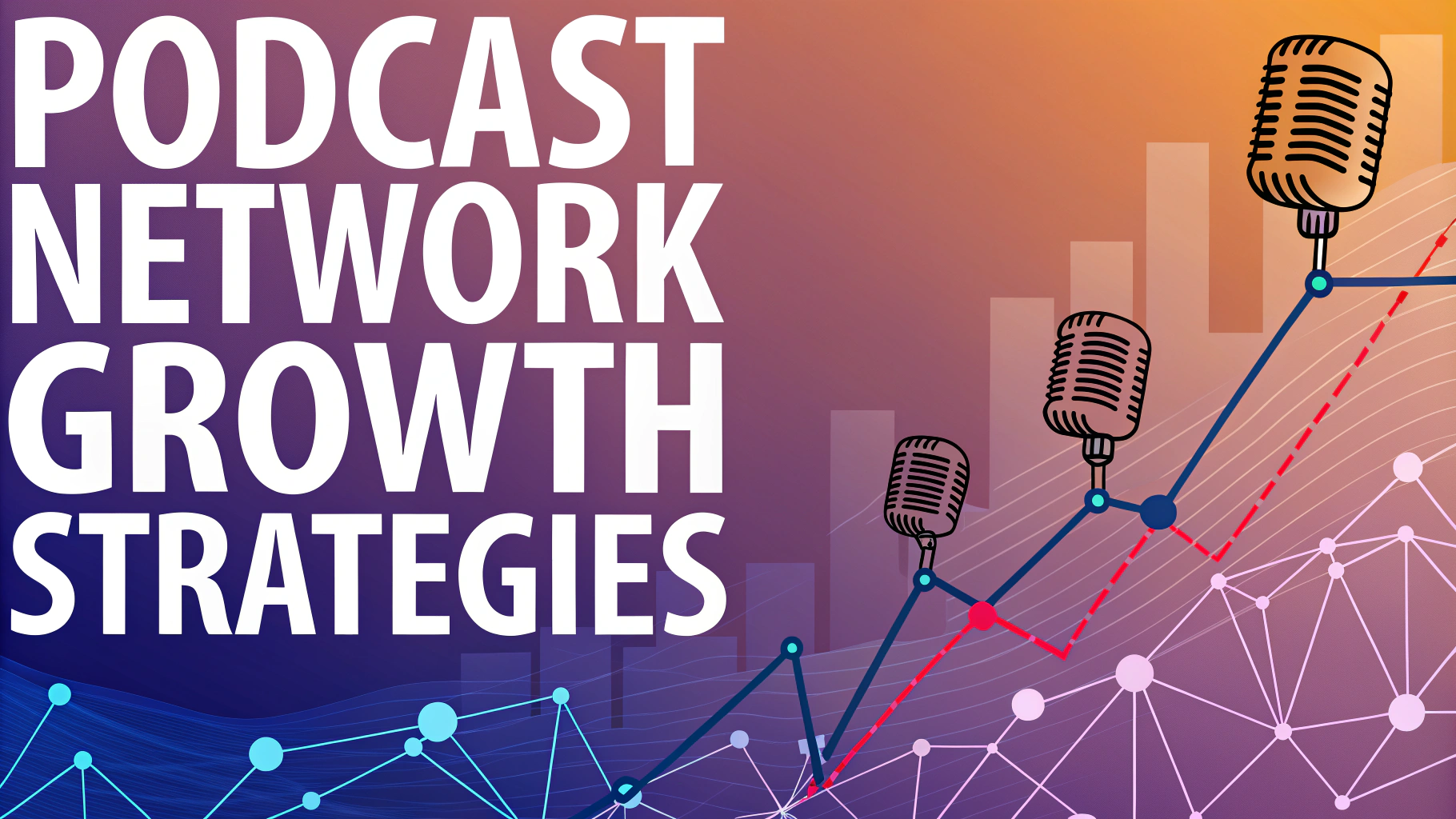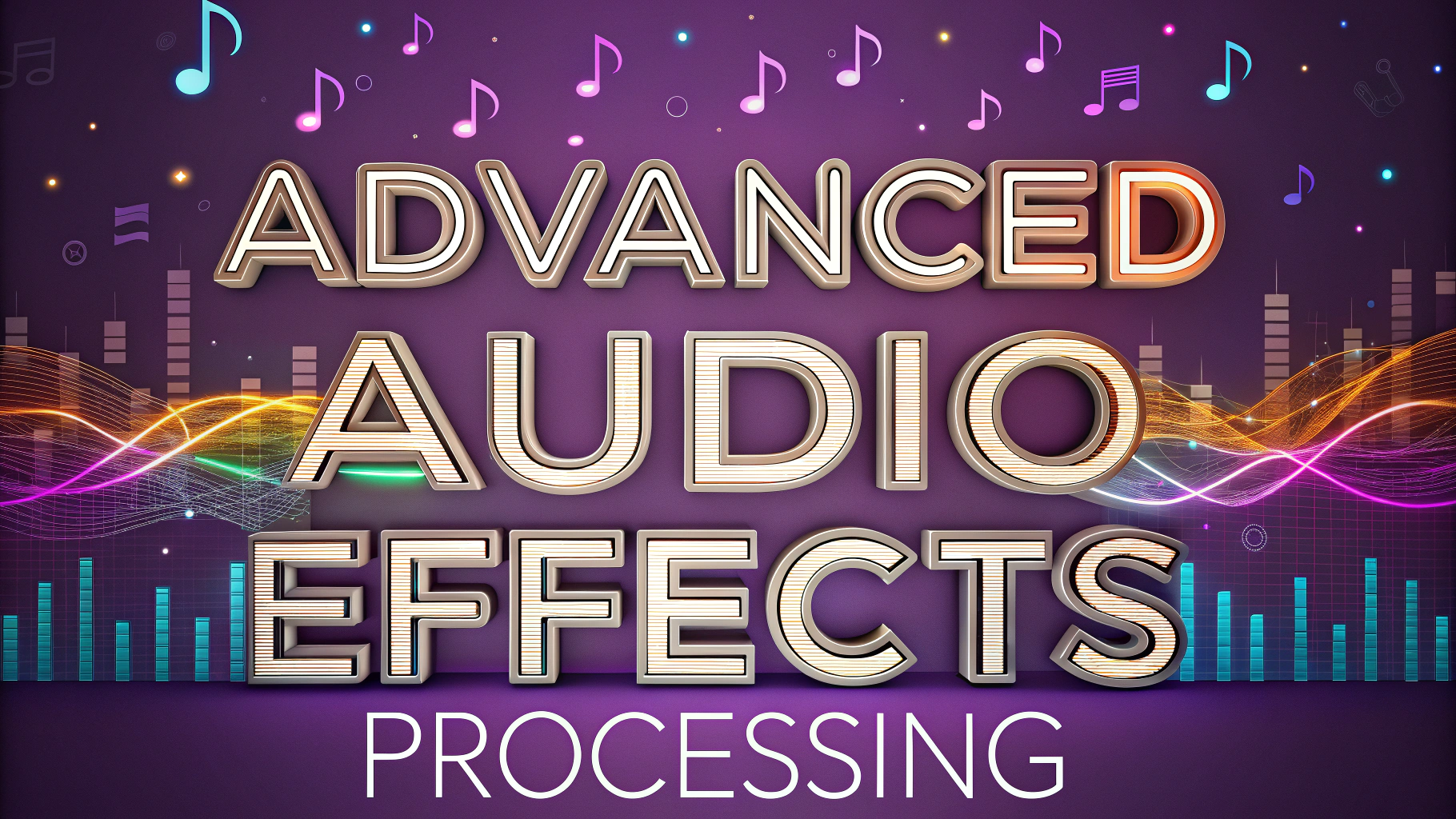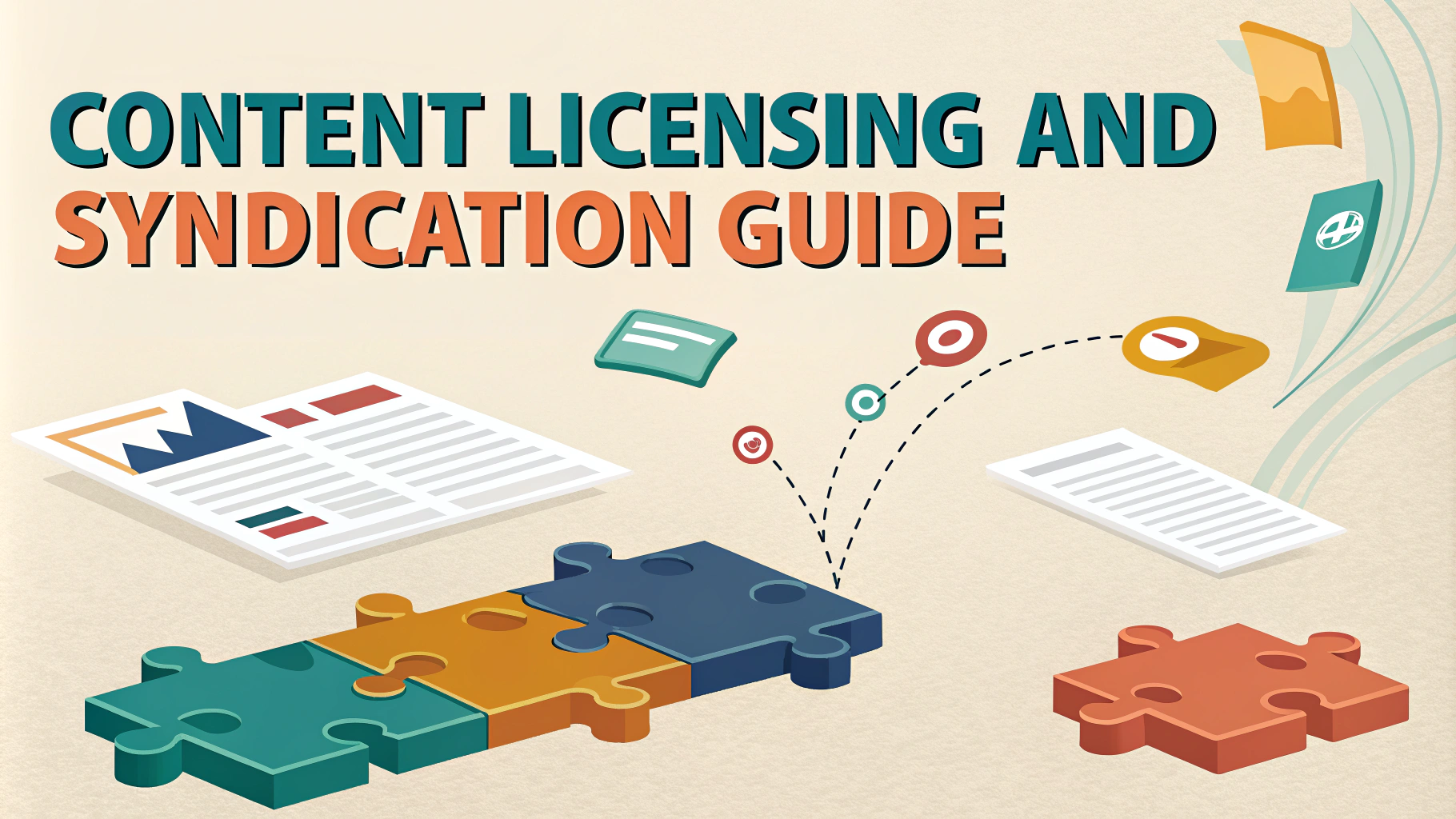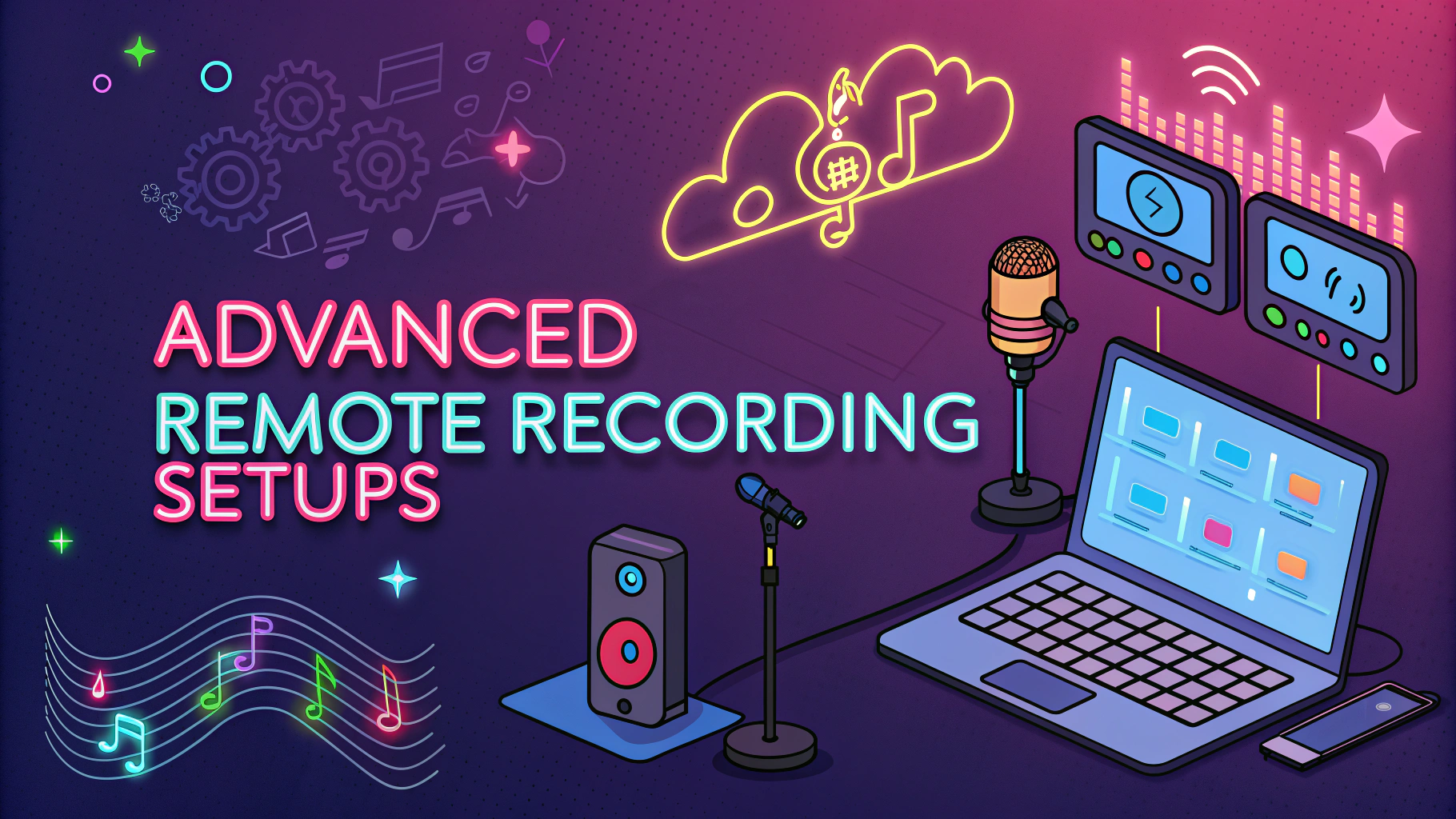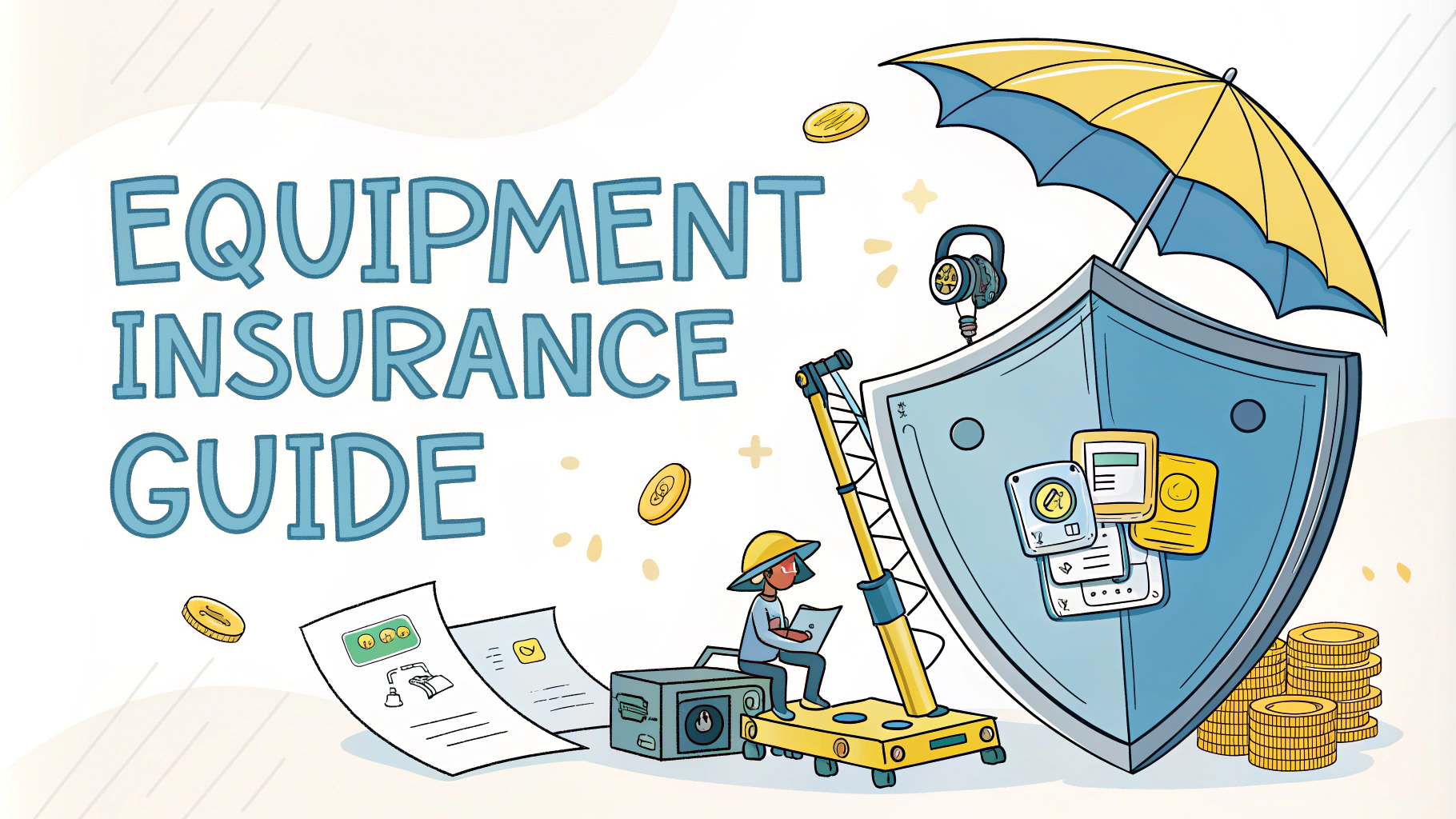Batch recording multiple podcast episodes in a single session can dramatically improve your production workflow and content quality.
Setting up a dedicated recording space and maintaining consistent audio settings across episodes ensures professional-level output while reducing setup and editing time.
This guide explores proven techniques for efficient batch recording, helping you create high-quality podcast content more consistently.
Essential Equipment Setup
- Microphone with pop filter
- Audio interface
- Headphones
- DAW (Digital Audio Workstation)
- Recording space treatment materials
Planning Your Batch Recording Session
Schedule 3-4 hour blocks for recording, allowing time for breaks between episodes.
Prepare detailed outlines for each episode to maintain focus and reduce retakes.
Keep water and throat lozenges nearby to maintain vocal quality throughout the session.
Audio Settings and Technical Preparation
- Sample rate: 44.1kHz or 48kHz
- Bit depth: 24-bit
- Input gain: -12dB to -6dB peak
- Room noise floor: Below -60dB
Organizing Session Files
Create separate project folders for each episode with clear naming conventions.
| File Type | Naming Format |
|---|---|
| Raw Audio | SHOW_EP###_RAW_YYYYMMDD |
| Edited | SHOW_EP###_FINAL_YYYYMMDD |
Voice Care During Long Sessions
- Take 15-minute breaks every hour
- Stay hydrated with room temperature water
- Avoid dairy products before and during recording
- Use proper breathing techniques
Post-Production Workflow
Label and organize raw files immediately after recording.
Create a standardized editing template for consistent processing across episodes.
Back up files to at least two separate locations before editing begins.
Recommended Tools
- DAWs: Adobe Audition, Hindenburg, or Reaper
- File Management: Dropbox or Google Drive
- Project Management: Trello or Asana
- Recording Software: Zencastr or Squadcast for remote guests
Maximizing Your Recording Time
Record intro and outro segments in bulk for multiple episodes.
Keep a running document of pickup lines or corrections needed for each episode.
Use batch processing for applying standard effects and noise reduction.
Moving Forward with Batch Production
Start with small batches of 2-3 episodes to develop your optimal workflow.
Document your process and refine it based on actual production experience.
Consider hiring an editor or virtual assistant to handle post-production tasks while you focus on recording more content.
Quality Control Measures
Implement a systematic review process for each recorded episode.
Use quality control checklists to maintain consistent standards across all recordings.
- Audio levels consistency check
- Background noise assessment
- Content flow verification
- Technical glitch identification
Remote Guest Coordination
Pre-Recording Setup
Schedule multiple guests in time blocks that work across different time zones.
Send technical requirements and recording guidelines in advance.
- Internet connection requirements
- Microphone recommendations
- Quiet environment guidelines
- Recording software setup instructions
Content Calendar Integration
Align batch recording sessions with your content calendar to maintain consistent release schedules.
Build in buffer time for unexpected technical issues or guest rescheduling.
Scaling Your Podcast Production
Create standard operating procedures (SOPs) for each aspect of the production process.
- Recording protocols
- File management systems
- Quality control processes
- Publication workflows
Elevating Your Podcast Through Efficient Production
Batch recording transforms podcast production from a time-consuming task into a streamlined operation.
Implement these strategies gradually to find the perfect balance between efficiency and quality.
Remember that consistent output and professional quality are the ultimate goals of batch recording sessions.
FAQs
- What is batch recording in podcasting?
Batch recording is the practice of recording multiple podcast episodes in a single session, typically planned and executed back-to-back to maximize time efficiency and maintain consistent quality. - How many podcast episodes should I record in one batch session?
The optimal number is typically 3-4 episodes per batch session, though this can vary based on your energy levels, content complexity, and available time. Going beyond 4 episodes may affect content quality and vocal performance. - What equipment setup is recommended for batch recording?
Essential equipment includes a quality microphone, audio interface, headphones, pop filter, and a quiet recording space with proper acoustic treatment. Having backup equipment readily available is also important for uninterrupted recording sessions. - How can I maintain vocal stamina during batch recording?
Stay hydrated with room temperature water, take 10-15 minute breaks between episodes, practice proper breathing techniques, and avoid dairy products before recording as they can create excess mucus. - What preparation is needed before a batch recording session?
Prepare detailed outlines for each episode, organize all necessary research materials, test equipment, schedule sufficient time without interruptions, and have all scripts or talking points readily accessible. - How long should breaks be between recording episodes?
Take 10-15 minute breaks between episodes to rest your voice, hydrate, and review materials for the next episode. For sessions longer than 4 hours, consider a longer 30-minute break. - What are the best practices for maintaining consistent audio quality across episodes?
Keep the same microphone position, maintain consistent room conditions, use the same equipment settings, and record at the same time of day when possible to ensure uniform sound quality across episodes. - How far in advance should I batch record episodes?
Record 4-6 weeks of content in advance to maintain a consistent release schedule and buffer for unexpected events. This allows time for editing and provides flexibility in your production schedule. - What’s the best way to organize content for batch recording sessions?
Create a content calendar, group similar topics together, prepare detailed episode outlines, and use a clear file naming system to track recordings and maintain organization throughout the production process. - How do I prevent listener fatigue when batch recording?
Vary your vocal tone and energy levels between episodes, change conversation topics or themes strategically, and ensure each episode has its own unique introduction and closing to maintain freshness.
